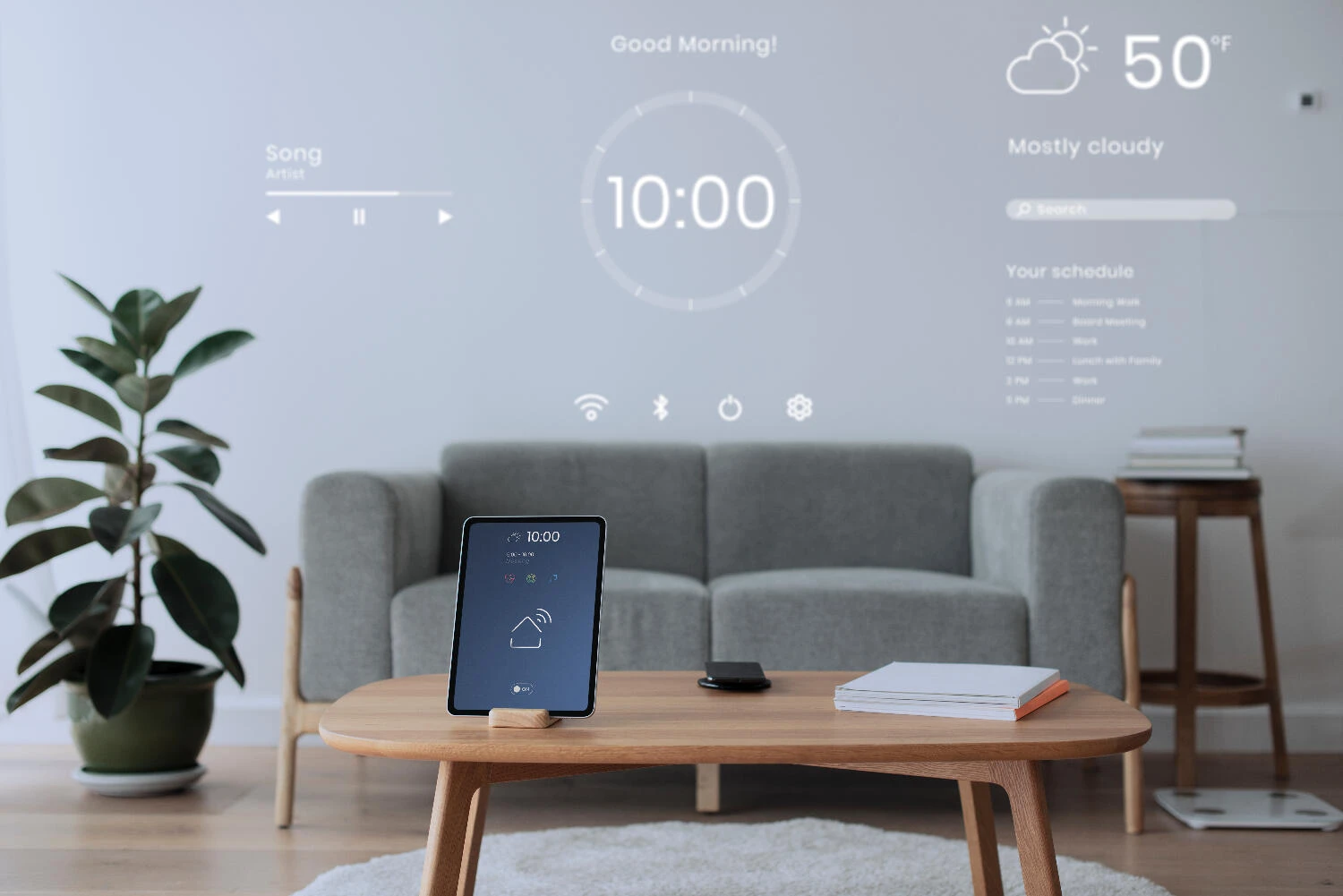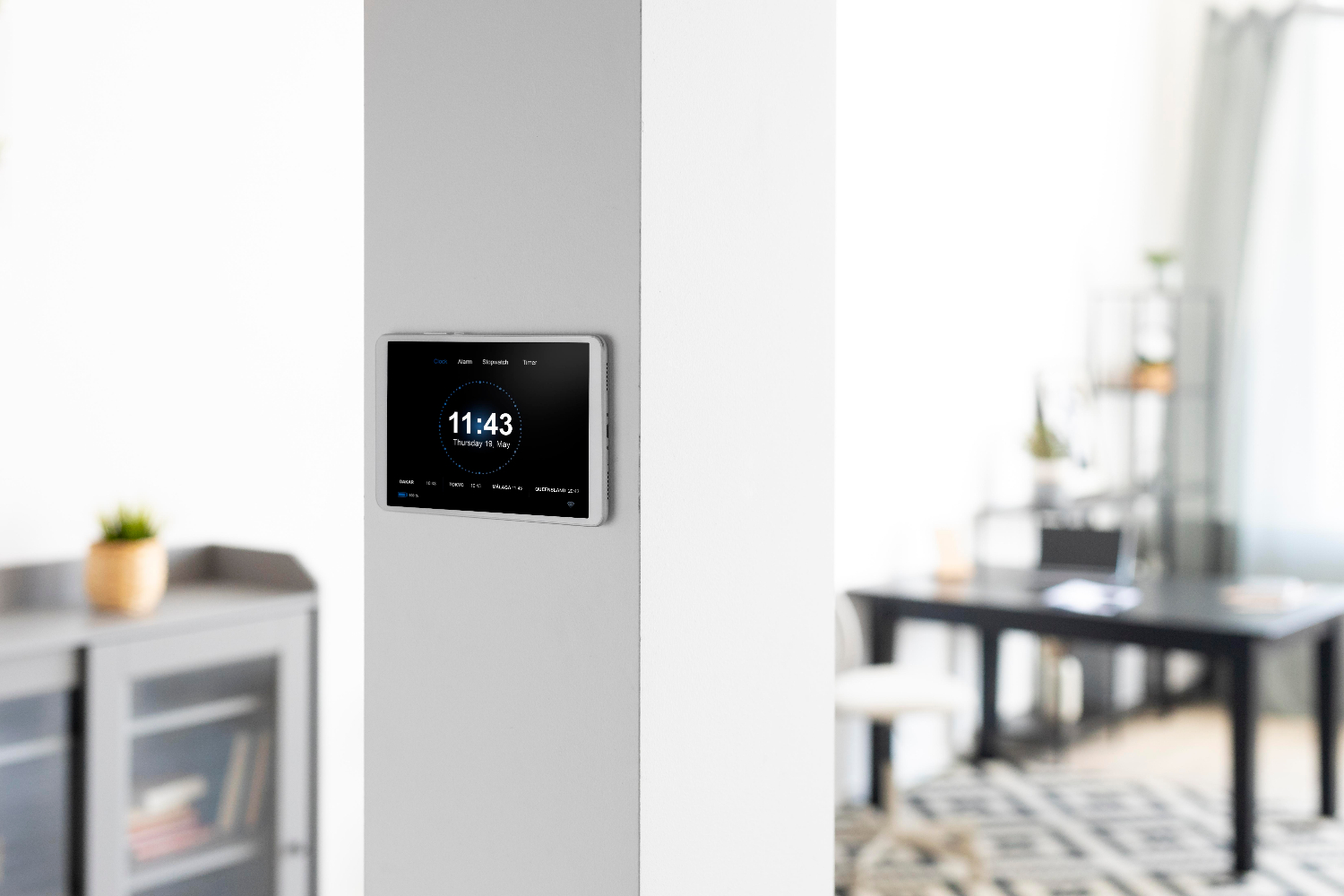
Smart Thermostats: The Ultimate Guide to Energy Savings
The Power of Smart Thermostats
Smart thermostats are modern devices designed to enhance home comfort and energy efficiency. By leveraging Wi-Fi connectivity, learning capabilities, and remote control, these devices offer a range of benefits that can lead to significant savings on energy bills and a reduced environmental impact.
1. Understanding Smart Thermostats
Smart thermostats offer advanced features that set them apart from traditional models:
- Wi-Fi Connectivity: Smart thermostats connect to your home’s Wi-Fi network, allowing remote access and control. This connectivity means you can adjust settings from anywhere using a smartphone, tablet, or computer.
- Learning Abilities: These thermostats have the capability to learn your temperature preferences and daily schedule over time. They adjust automatically based on your habits, which helps maintain comfort and efficiency.
- Remote Control: The convenience of remote control via a smartphone app means you can manage your home"s climate from anywhere, whether you’re at work or on vacation.
2. Benefits of Smart Thermostats
Smart thermostats offer several advantages:
- Energy Efficiency: Smart thermostats optimize heating and cooling by adjusting settings according to your preferences and schedule. This optimization reduces energy consumption and lowers your utility bills.
- Cost Savings: By improving efficiency, smart thermostats can significantly reduce your energy expenses. Many users find their bills decrease by as much as 10-15% after installation.
- Environmental Impact: Using a smart thermostat helps reduce your carbon footprint. Efficient temperature management leads to less energy use and, consequently, lower greenhouse gas emissions.

3. Potential Savings with Smart Thermostats
Energy Efficiency
- Adaptive Learning: Smart thermostats adapt to your lifestyle by learning your habits and adjusting temperatures automatically when you"re not home. This prevents energy waste by ensuring that your home is only heated or cooled when necessary.
- Geofencing: This feature uses your smartphone’s location to adjust the temperature based on whether you’re home or away. When you leave a predefined area, the thermostat adjusts settings to save energy.
- Zone Control: Many smart thermostats offer zone control, allowing you to manage temperatures in specific areas of your home independently. This means you only heat or cool the rooms you’re using.
Cost Calculations
- Estimated Savings: Calculate your potential savings by comparing your energy bills before and after installing a smart thermostat. Many users report savings of up to 20% annually on their heating and cooling costs.
- Comparison: Evaluate your monthly and yearly energy expenses to see the impact of the thermostat. Most smart thermostats come with features that help track and compare energy usage over time.
4. Installing and Using Smart Thermostats
Installation Process
- Professional vs. DIY: While some homeowners opt for DIY installation, professional installation ensures compatibility with your HVAC system and proper setup. Professionals can also address any potential issues that might arise during installation.
- Compatibility Check: Ensure that the smart thermostat you choose is compatible with your existing HVAC system. Many manufacturers provide compatibility checkers on their websites.
Using Smart Thermostats
- App Control: Familiarize yourself with the smartphone app that controls your thermostat. This app allows you to set schedules, adjust temperatures, and view energy reports.
- Scheduling: Create and customize heating and cooling schedules that fit your daily routine. Most smart thermostats offer flexible scheduling options that can be adjusted based on your needs.
- Voice Control: Many smart thermostats are compatible with voice assistants like Amazon Alexa or Google Assistant. This feature allows you to control your thermostat using voice commands.
5. Realizing the Savings
Tracking Energy Usage
- Energy Reports: Smart thermostats provide detailed reports on your energy usage and savings. These reports help you understand how your thermostat is impacting your energy consumption and identify further opportunities for savings.
- Adjustment Recommendations: Based on the data collected, your thermostat may suggest adjustments or improvements to optimize efficiency even more.
Seasonal Impact
- Heating and Cooling Seasons: Smart thermostats adjust settings to accommodate different seasons, ensuring efficient operation whether you"re heating in winter or cooling in summer.
- Temperature Alerts: Receive alerts for extreme temperatures or potential issues with your HVAC system. This proactive approach helps maintain optimal performance and prevent unexpected breakdowns.

Conclusion
Smart thermostats represent a significant advancement in home comfort and energy efficiency. By understanding their features, benefits, and installation options, you can make an informed decision that enhances your home’s climate control while reducing costs. Embrace the convenience, adaptability, and energy savings of a smart thermostat and transform your home into a more efficient and comfortable space.











